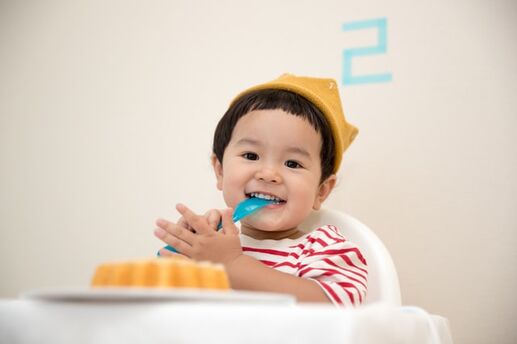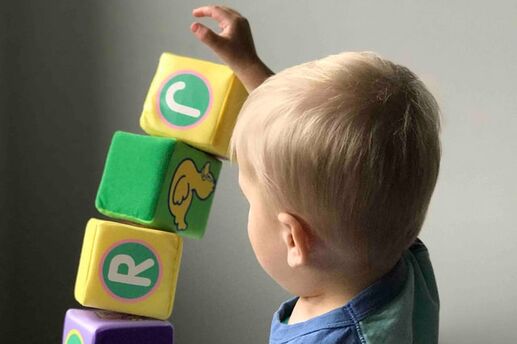Once your baby turns 1, it’s full steam ahead into the spirited, adventure-packed toddler years of baby development. Now the real fun begins!
No longer is your little one so helpless, fussy, and needy. Now she may seem downright fearless at times, but it’s all part of the toddler stage, a very exciting part of baby development. Check out some of the pros and cons of the initial stage of toddlerhood (12 to 15 months) for a preview of what’s to come.
Pro: Aw, she sounds just like … me!
One thing that begins to happen after your baby turns 1 year old is that she starts to imitate the sounds around her. Many a funny mommy-blunder occurs in this stage, when you discover that anything you say can and will be repeated -- often at inopportune times! Imitation plays an important role in learning and is a large part of play at this stage. Prepare to witness the most darling renditions of hair brushing, cell phone jabbering, cooking, and “reading” her favorite book to her doll. Get your camera ready!
Con: There she goes
In terms of reaching milestones, your toddler will likely be walking alone at this time period. While it’s exciting to see your child put one foot in front of the other all by herself, be prepared for a whole new level of watchfulness. You’ll likely be getting a lot more exercise, too, as you race around to keep up with your energetic toddler.
Pro: Peek-a-boo amps up
By now, your toddler understands object permanence -- that when objects disappear, they’re not gone, only hidden -- which sets the stage for the game of hide-and-seek. Not only will your toddler tire herself out hiding (in cutely obvious household spaces), she’ll also be able to hunt for hidden objects. Try hiding her favorite ball or stuffed animal, and marvel at her tireless willingness to call a search party. Let the games begin!
Con: What consequences?
Your fearless wonder will now take new risks. But don’t be shocked when bravery turns abruptly into tears. While your toddler is starting to understand the world better, she still lacks grown-up judgment and a sense of consequences. She’ll engage you in a constant tug-of-war for more independence and then cling to you the second she trips and falls, her ball rolls into the street, or a door slams on her fingers.
There is more that your child can do and is willing to try at this stage, but she still needs you to be her rock, comfort, and guide. Supervise carefully to ensure her safety.
Pro: Chatty Cathy in the house
Prepare to move beyond baby talk. Once your child reaches the 1-year mark, she’ll start to understand more of what you say -- and there’s less need for that high-pitched, singsong voice you used when she was an infant. You might be surprised to see her toddle toward the table when you ask, “Where’s your sippy cup?”
She’ll also start communicating more clearly. Many toddlers master at least 50 words by the time they turn 2 years old. Still, all children are unique and develop in their own ways. Girls tend to develop language skills more quickly than boys.
Con: Don’t leave me!
Believe it or not, separating from your child temporarily may be tougher on you than on your toddler at this point. Around this time, your toddler will become slightly more independent and can get excited about the idea of playing with friends. You might see some residual separation anxiety -- a natural byproduct of having one foot in the baby world and one foot in the toddler world. But it shouldn’t last long. Give your little one a quick hug and kiss, and assure her you’ll be back. In time, she’ll barely remember to wave before running off to play.
Pro: Growth control
Whereas your 1-year-old probably gained about 4 pounds every 2 to 4 months during infancy, her weight gain during her entire second year will be more like 3 to 5 pounds total. You’ll also see your toddler shed some of her baby fat as she develops muscles and becomes more active.
Con: Stubborn as an ox
You knew this was coming. At age 1, your baby will start to experiment more with directing the show. She won’t hesitate to scream no at the top of her lungs and shake her head fiercely. She may even drag her feet and kick and scream -- the classic toddler tantrum.
Try to stay calm while your child tries on her new freedom. You might miss your sweet, helpless cuddle bug at times, but know she is making strides in who she is. (In fact, her character and personality are developing right in front of your very eyes!) If all else fails, always remember: It’s just a stage.
Photo by Fernanda Greppe on Unsplash







